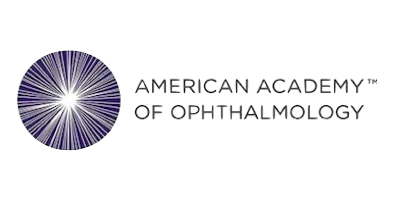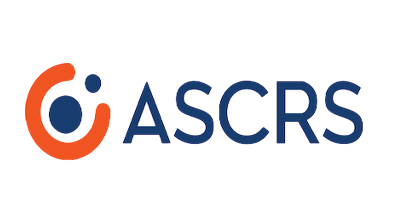
Conditions Treated at Mountain View Eye Center
Fluorescein Angiography
Fluorescein angiography is a diagnostic procedure used to evaluate the blood vessels in the following parts of the eye:
- Retina
- Choroid
- Optic disc
- Iris
Reasons For A Fluorescein Angiography
The fluorescein angiography provides doctors with information about the retina. It can also be used to provide information as to the status of current treatments. A fluorescein angiography helps to diagnose and track problems such as:
- Diabetic retinopathy
- Macular degeneration
- Abnormal vessel growth
- Swelling
- Leaking
- Retinal detachment
- Cancer
- Tumors
- Retinitis pigmentosa
The Fluorescein Angiography Procedure
- The patient’s pupils are dilated with eye drops
- A baseline photograph of the inside of the eye is taken with a special ophthalmic camera
- A contrast dye is injected into the patient’s arm
- As the contrast dye circulates in the eyes, more photographs will be taken
After about 20 minutes, a final set of photographs is taken for comparison. The doctor will be able to determine if the blood vessels are closed, leaking fluid or blocked
After The Fluorescein Angiography Procedure
There is a risk of complications with any procedure. Some of the risks that patients may experience include:
- Nausea
- Vomiting
- Urine that is darker than normal or orange in color
- Dizziness
- Hives
- An unusual taste in the mouth
Serious allergic reactions are rare.
Request An Appointment
Simply fill out this form and we will get back to you shortly.



